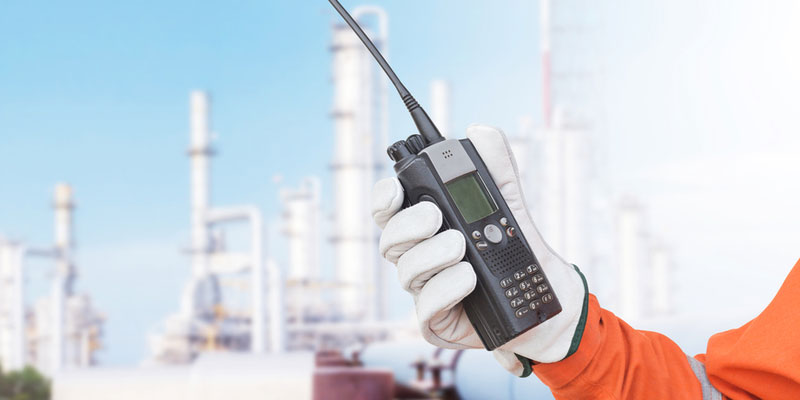A wireless site survey is the first step to configuring an in-building radio enhancement system. This guide explains how to prepare for a wireless site survey at your building, including things the surveyor will need to know about your building and communication needs.
The latest construction codes require thick concrete walls and LEED certified windows, all things that are great for safety and building stability, but not so great for signal reception. Wireless signals struggle to move through thick layers of concrete and metal, causing ‘dead spots’ where cell phones and 2-way radios fail to work.
We design and install custom Radio Enhancement Systems to improve signal strength for cellular networks as well as radios for Fire Departments and other first responders. We offer free pre-testing of signal strength level and site survey. If the building is not in construction yet, we can create a quote based on floor plan. Contact us today to learn more.
Passive Vs. Active Vs. Predictive Wireless Site Surveys
There are three different types of site surveys:
- Passive
- Active
- Predictive
Passive surveys are generally used when seeking rogue devices, gauging downlink RF coverage, initial surveys, and validating final RF setting. They are performed in listen-only mode and do not associate with the access point (AP).
Active surveys are conducted with the APs associated with the survey client used throughout the assessment. It shows changes in data rates regarding RF condition fluctuations, as well as retransmissions. Active surveys are commonly associated with new WLAN deployments due to the design detail they provide.
Productive surveys rely on the use of a specialized software program that can detect and analyze the coverage area using RF algorithms to perform AP placements. In most cases, productive surveys do not include field measurements of any kind. This type of survey is common:
- Prior to construction
- To apply for a budgetary environment for WLAN-related hardware
- In cases when roaming requirements are more lenient
How to Prepare for a Site Survey
Prior to a site survey, there are a few things you can do to prepare and get the most out of it. The site surveyor needs a variety of information from you to design the best possible in-building radio enhancement system. Such as:
- What type of RF application is necessary—data, location, voice, etc.?
- What type of building is it? Multi-floor, single-floor, warehouse, campus, indoor-outdoor, etc.? Have the digital floor plans available for review.
- What devices will be used and what are the requirements for these devices?
The surveyor will conduct the initial walkthrough to confirm the survey area, identify the access building type, and pinpoint trouble zones. In addition, he or she will check for unnoticed details that are not marked on the main coverage map, and check for misplaced roaming paths.
The survey helps to determine things like adequate server model, of which there are three options: data, voice, and location. Next up, we determine proper deployment characteristic; is dense deployment necessary, are constant calls going to be coming through or is this a temporary position? The necessary tools are then decided upon to complete the survey. To complete this step, the surveyor must collect the digital floor plans.
What Makes a Poor Site Survey?
A poor site survey can look good on paper but end up failing to provide adequate coverage to all areas of a building. Sometimes, looking at the survey data files can tell you more than the survey report. It is possible for data to report incorrectly due to issues with an important site survey tool such as the heat map calibration.
Looking for a reliable wireless site survey that lends itself to clear communication across the building? Highland Wireless has you covered!

